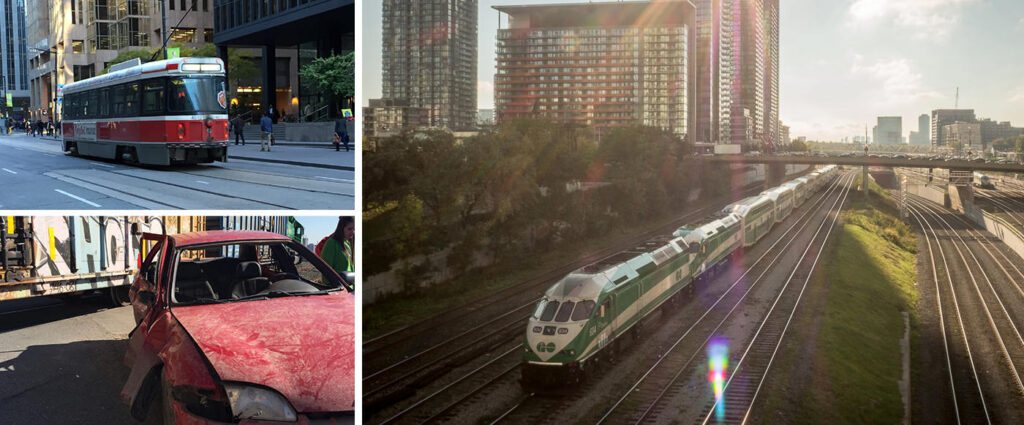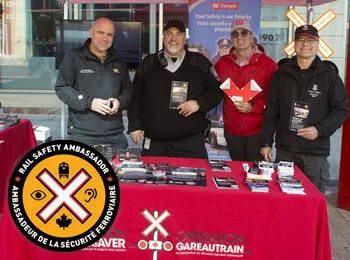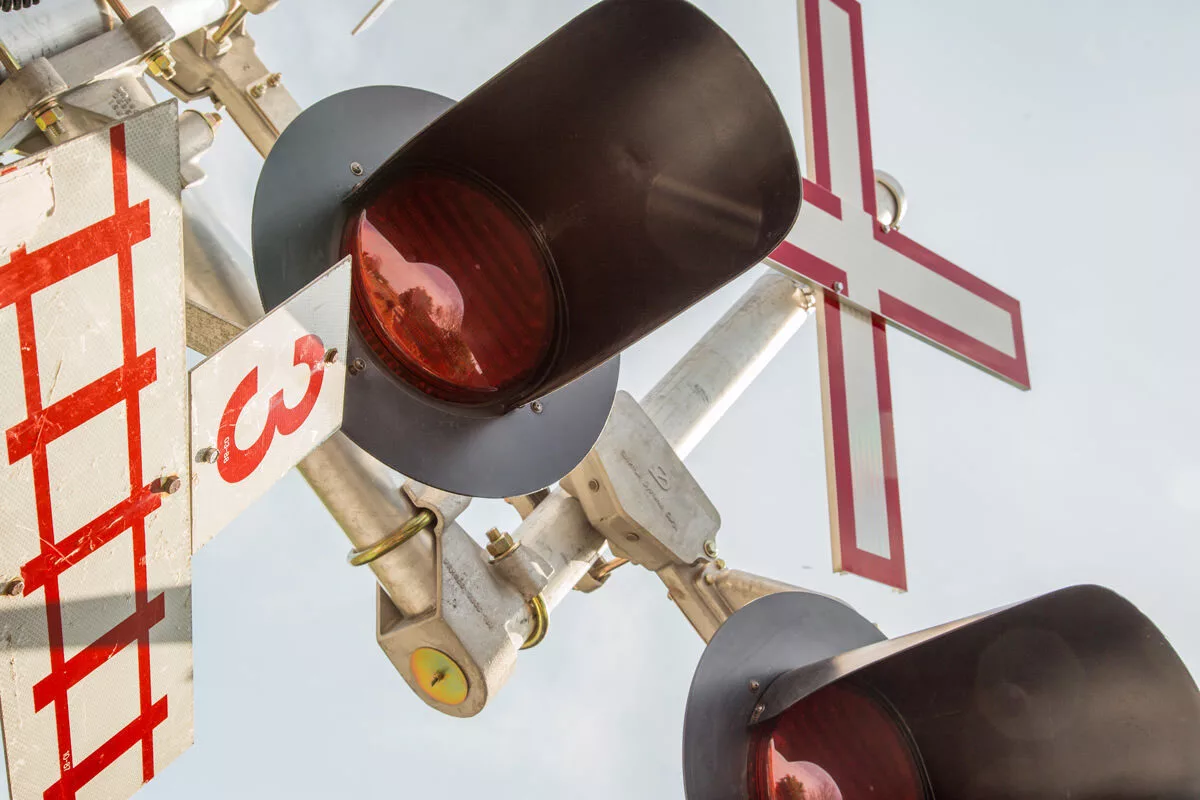Rail Safety FAQ
The Frequently Asked Questions (FAQs) below provide general information about railway safety and Canada’s railways. You can find more detailed information about how to stay safe around railway property and tracks in our Resources section.

Every year, more than 100 Canadians are seriously injured or killed as the result of railway crossing or trespassing incidents. Almost every one of these incidents is preventable.
Stay at a safe distance from trains and off railway property and tracks. Don’t use train tracks as a shortcut. And always obey railway signs and signals. Look. Listen. Live.
A motorist is 40 times more likely to die in a collision involving a train than in one with another motor vehicle.
If your vehicle stalls or gets stuck on the tracks, get yourself and all passengers out immediately. Move at least 30 metres away from the tracks to avoid being struck by debris if your vehicle is hit by a train. Contact the railway company immediately and let them know there is a vehicle on the tracks. Railway companies post their emergency numbers and crossing locations on a blue sign under the crossbuck or near the crossing. This information may also be displayed on a nearby signal house. If you don’t see a railway emergency number, call 911.
Trains can’t stop quickly. The average freight train travelling at 100 km/h —or passenger train travelling at 160 km/h — requires about 2 km to stop. That’s the equivalent of the length of 18 football fields.
The average locomotive alone weighs 110 tonnes, but a train can weigh tens of thousands of tonnes. A person or a car is no match for it: a train hitting a car is like a car hitting a pop can.
Fines for trespassing on railway property vary between provinces. But if you’re caught, you could be fined up to $50,000.
Some trains can go as fast as 160 km/h. But because of their large size, it can be hard to accurately judge a train’s speed or how far away it is.
No! Railway tracks, bridges, yards, tunnels and equipment are all private property. Trespassing on them is illegal and could lead to hefty fines or worse — serious injuries or death.
No. Even if tracks seem abandoned, it is illegal to use them as a location without explicit permission from the railway company. It is also extremely dangerous. Stay at a safe distance from railway property when taking photographs or filming footage.
Stop behind any gates or stop lines — or no closer than 5 metres from the nearest rail — and wait for the train to pass. Cross only after the warning signals have stopped and you are certain no other trains are approaching, from either direction, on any track.
No. Never walk or ride on the gravel service roads or green spaces alongside tracks — it is both illegal and dangerous.
There are approximately 40,000 railway crossings in Canada.
Call the railway company. Look for their emergency number on a blue sign under the crossbuck or near the crossing. Alternatively, the emergency number may be posted on the signal house. Failing that, call 911.
Most collisions between vehicles and trains happen within 40 km of the motorist’s home—and 66 per cent happen at crossings with active warning devices (gates, lights, bells).
There are almost 45,000 km of active railway tracks from coast to coast.







